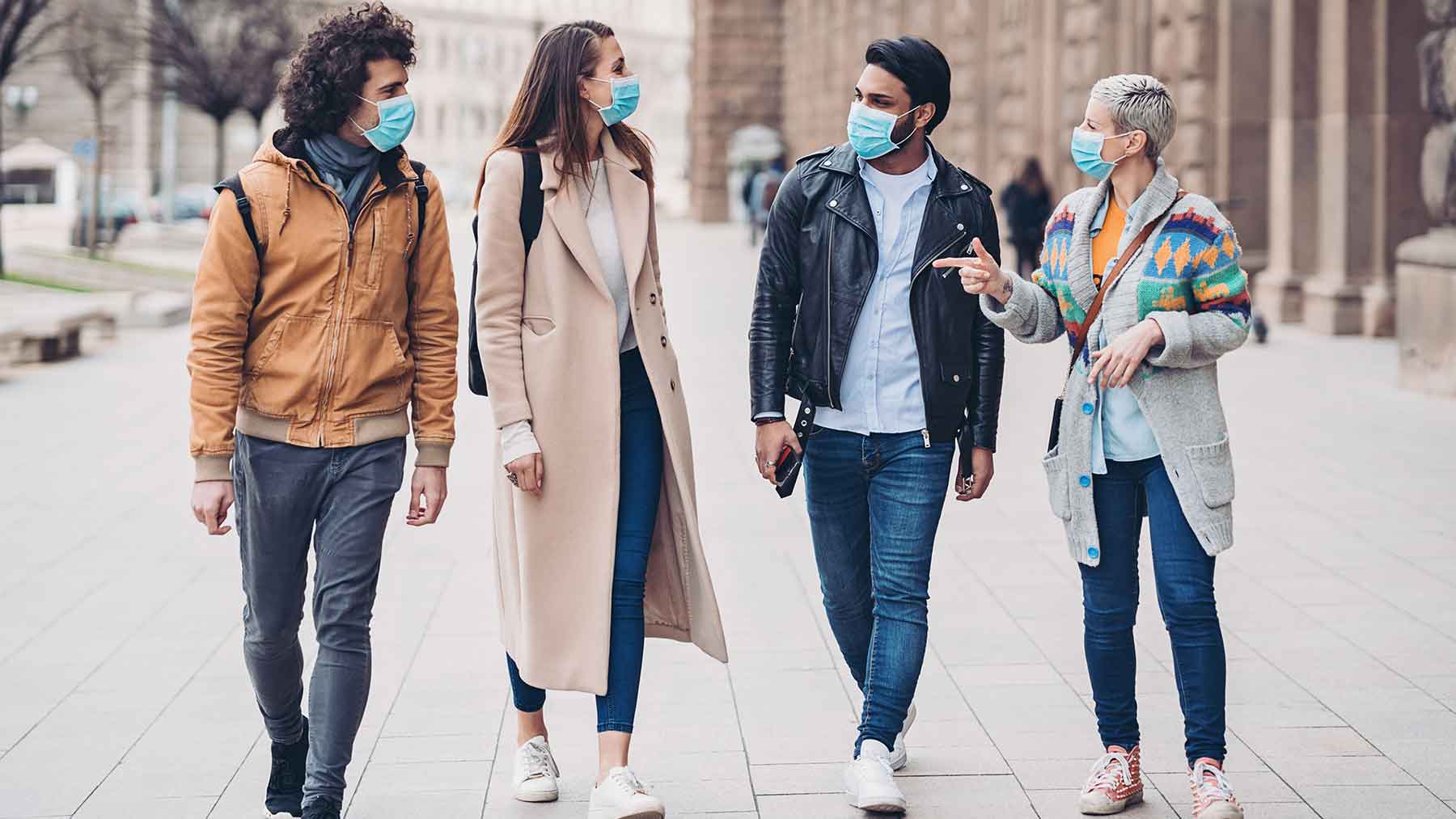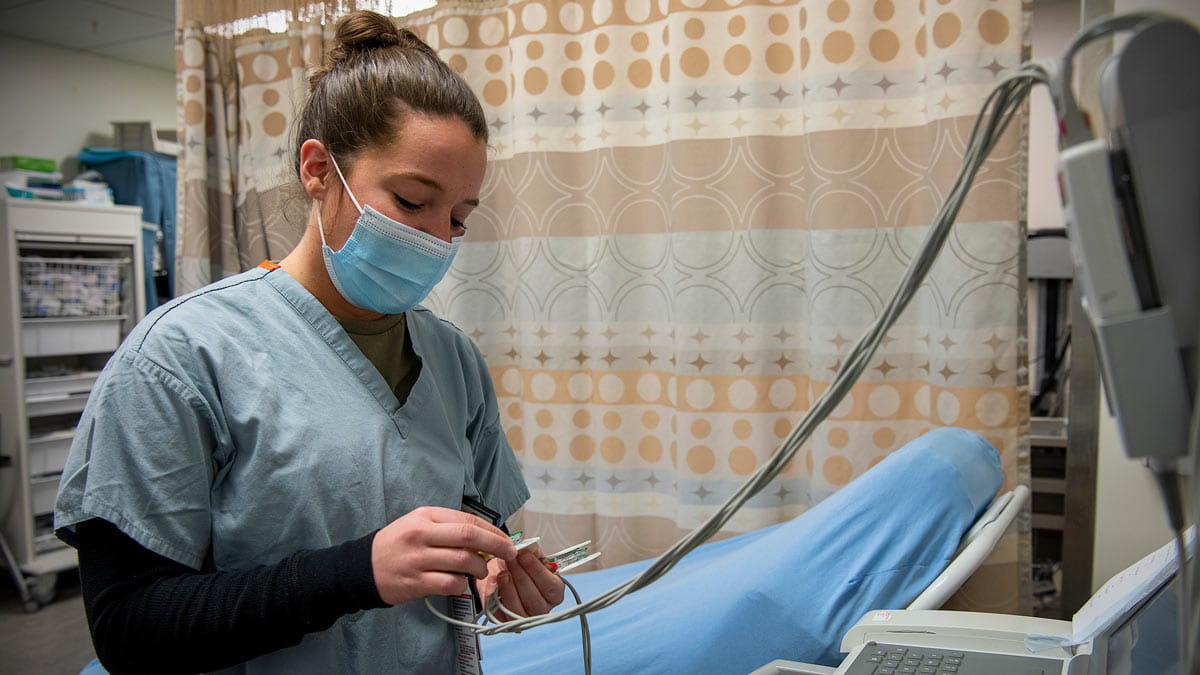What’s considered ‘close contact’ for COVID-19?

Editor’s note: As what we know about COVID-19 evolves, so could the information contained in this story. Find our most recent COVID-19 blog posts here, and learn the latest in COVID-19 prevention at the Centers for Disease Control and Prevention.
“Who did you have close contact with?” This is one of the first questions patients are asked after they’ve been diagnosed with COVID-19. Obviously, family or friends living under the same roof are considered close contacts. But what about those who were at the outdoor party you attended or at dinner inside your favorite restaurant? What exactly is close contact?
This is a question physicians like myself are increasingly being asked and for good reason—COVID-19 will continue to be a serious health problem until there’s a vaccine and safe and proven therapies to combat it.
The Centers for Disease Control recently redefined its definition of close contact, which previously was being within 6 feet of an infected person for 15 minutes at a time. But now it’s within 6 feet of that person for a cumulative total of 15 minutes over a 24-hour period, whether you’re wearing a mask or not, even though the science shows masks are effective in helping slow the spread of COVID-19. That means if you spoke with an infected person in the grocery store for five minutes and then on your street later that day for 10 minutes and both times you were within 6 feet, it’s considered close contact.
It’s important to know exactly when you had contact with an infected person. The CDC says exposure starts from two days before a person first starts showing signs of COVID-19 or two days before an asymptomatic person tests positive.
What factors into COVID-19 exposure risk?
Obviously, if no one is wearing a mask around each other, the risk of exposure rises. There are other factors to keep in mind when defining close contact. That includes proximity, location and duration of exposure—if you’re in close contact with an infected person inside for long periods of time, your exposure risk goes up. It also goes up if the infected person is coughing, sneezing, singing or shouting because more respiratory droplets are being released. Kiss or hug an infected person or share a drink? That’s considered close contact.
For those diagnosed with COVID-19, it’s important to make a list of close contacts. That list should include people at home, work, school, restaurants, hair salons, gyms, etc.
If you’ve had close contact with someone diagnosed with COVID-19, the CDC recommends you stay home for 14 days from your last contact with an infected person and monitor yourself for symptoms. If someone in your household has COVID-19, you’ll need to quarantine for 14 days from the last day of close contact or for 14 days from the date they are cleared from isolation (no longer considered contagious).
Identifying and contacting close contacts is essential, especially since so many people have mild or no COVID-19 symptoms. Be considerate of others and wear a mask to help slow the spread of this serious disease.
Matthew Exline is a pulmonary and critical care physician and medical director of the medical intensive care unit at The Ohio State University Wexner Medical Center. He’s also a professor at The Ohio State University College of Medicine.




